Vintage Toys That Modern Kids Won’t Recognize
Ah, the good old days! When toys were simple, yet packed with endless imagination and joy. Vintage toys hold a special place in our hearts, evoking memories of carefree childhood days and endless playtime adventures.
These classic playthings not only entertained us but also shaped our creativity and problem-solving skills. Let’s take a delightful trip down memory lane and revisit some iconic toys that defined generations and continue to charm collectors and kids alike.
The Magic of Slinky: From Stairs to Playrooms

The Slinky, with its mesmerizing coil, has been a staple in toy boxes since its invention in 1943 by Richard James. Its simple design allows it to walk down stairs, captivating children and adults alike.
The Slinky is more than just a toy; it’s a piece of engineering brilliance that has sold over 300 million units worldwide. It’s a perfect example of how an accidental invention can become a timeless classic.
View-Master: A 3D Adventure Before Virtual Reality
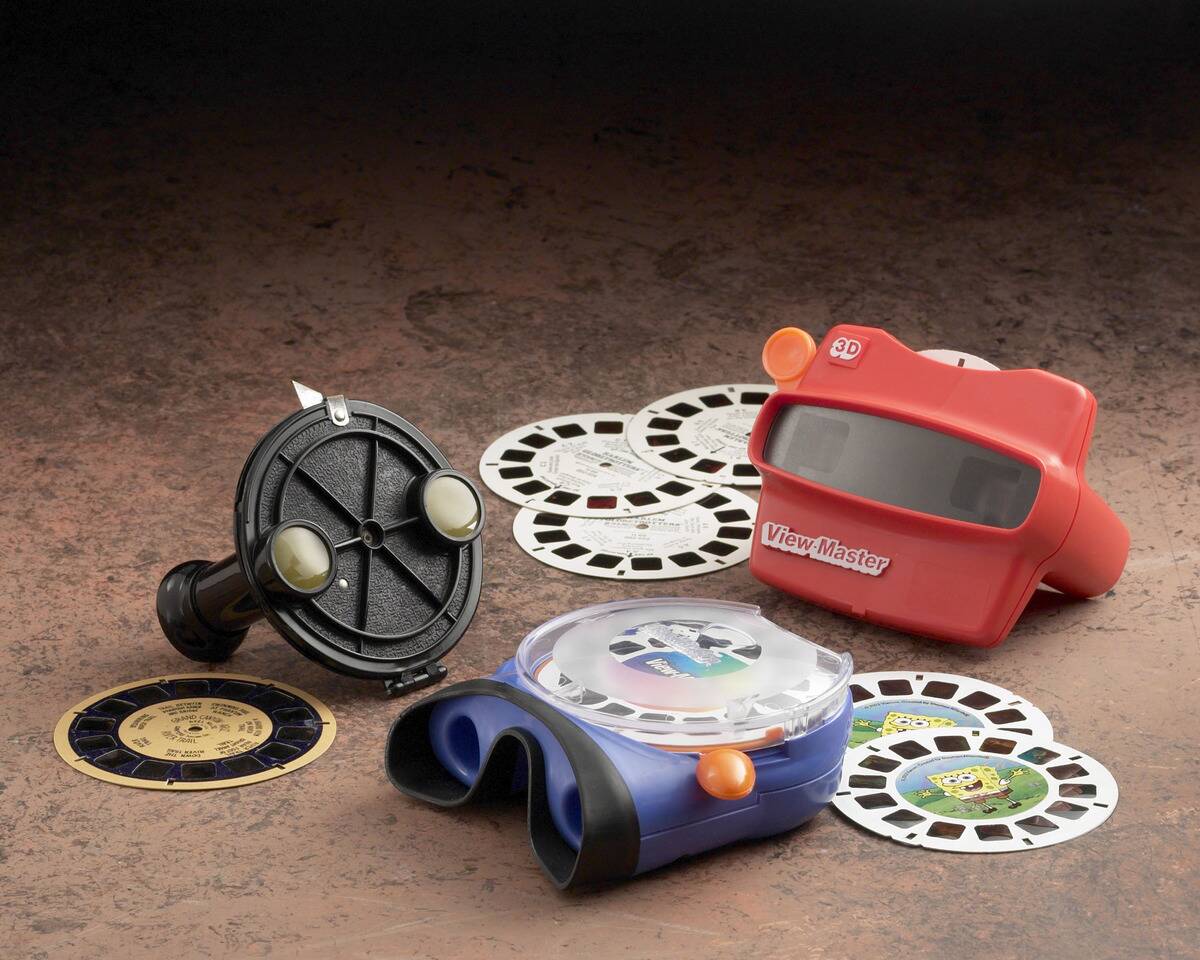
Long before VR headsets, the View-Master offered captivating 3D experiences. Introduced in 1939, it allowed users to view images in stunning stereoscopic 3D by simply clicking through a reel.
The View-Master combined education with entertainment, featuring reels of everything from cartoons to world landmarks. It became a beloved tool for learning and imagination, transporting kids to far-off places without leaving their living rooms.
Etch A Sketch: The Original Tablet for Creative Minds
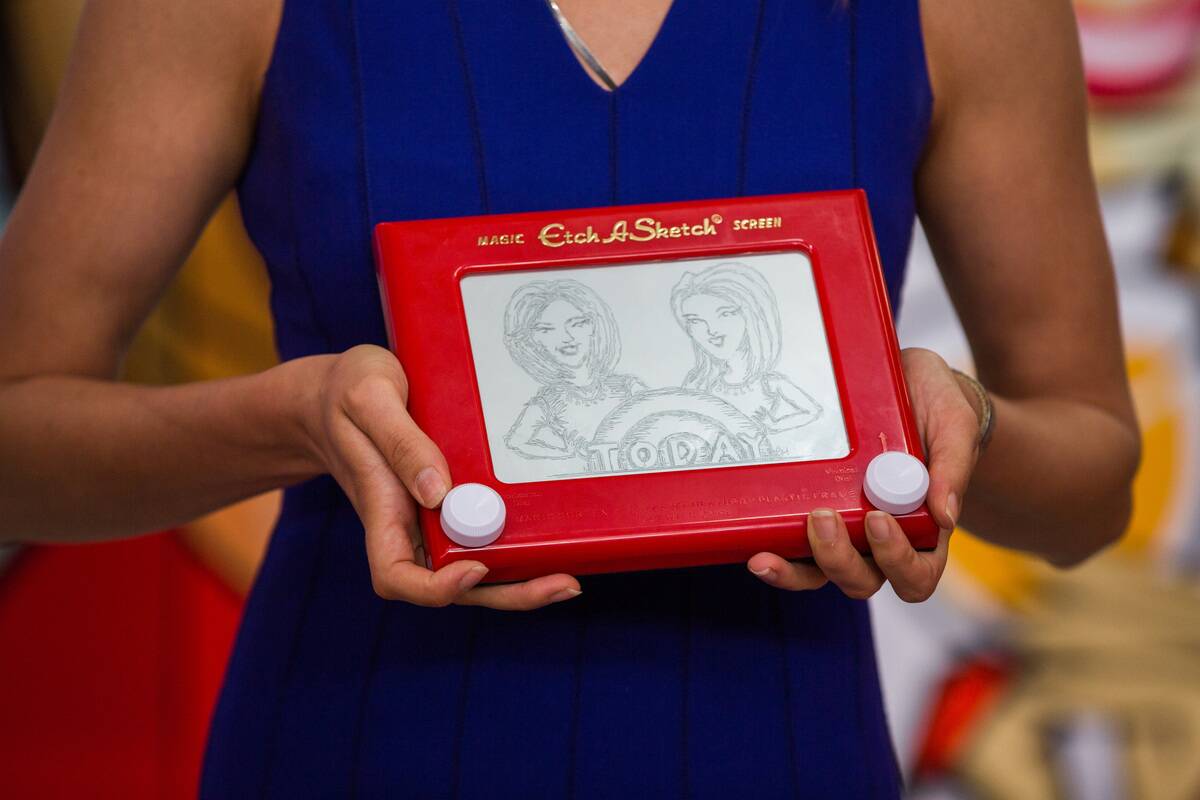
The Etch A Sketch, invented by André Cassagnes in 1959, sparked creativity without the need for paper or paint. By turning two knobs, budding artists could draw and erase with ease.
Its magic lies in the aluminum powder inside that clings to the glass surface, brought to life by the stylus. This mechanical drawing toy has been an icon of artistic expression, challenging young minds to create and solve problems visually.
Lite-Brite: Illuminating Creativity in the Dark
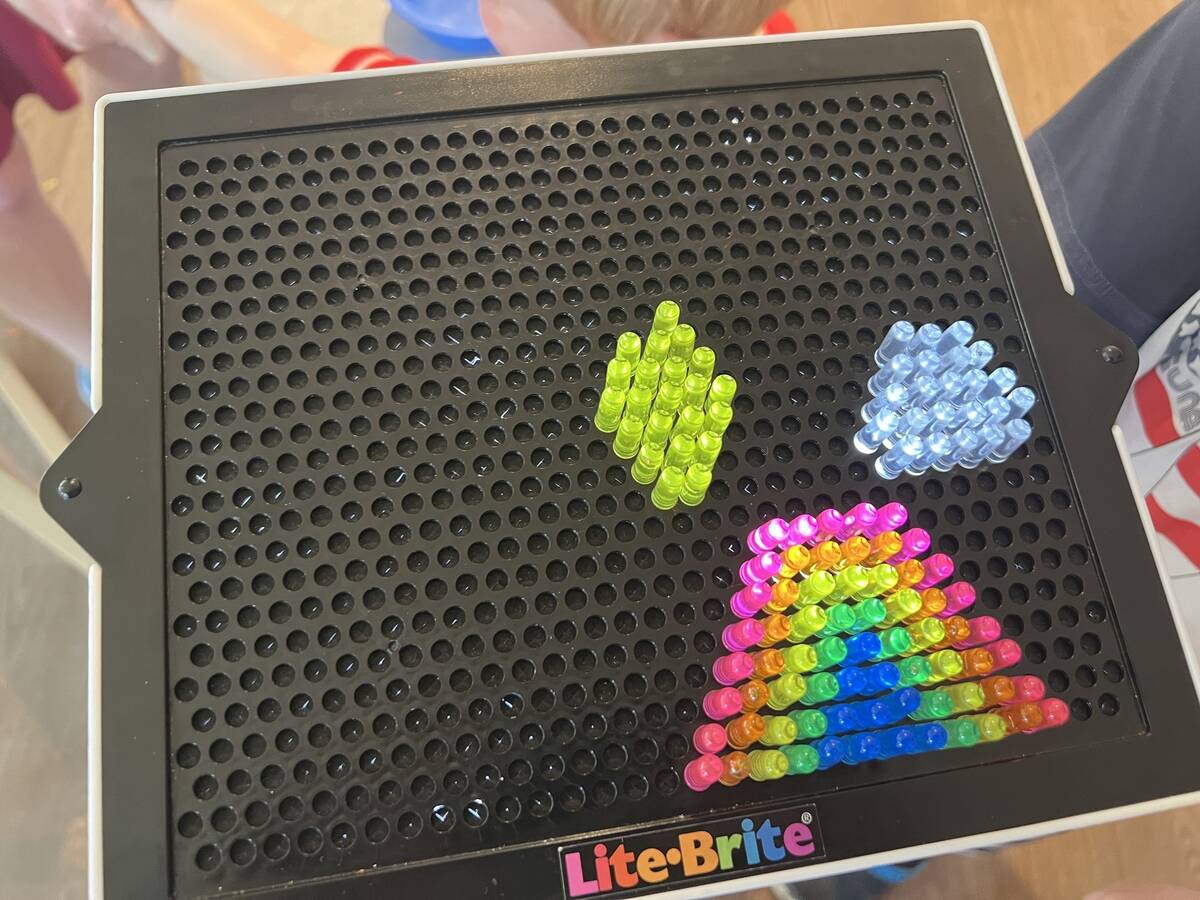
Lite-Brite, introduced by Hasbro in 1967, illuminated playrooms with vibrant designs. By placing colored pegs into a backlit grid, kids could create glowing masterpieces.
It was more than just a toy—it was an entry into the world of art and design, encouraging creativity and attention to detail. Lite-Brite remains a symbol of imaginative play, proving that sometimes the simplest ideas can light up the world.
Troll Dolls: The Hair-Raising Phenomenon
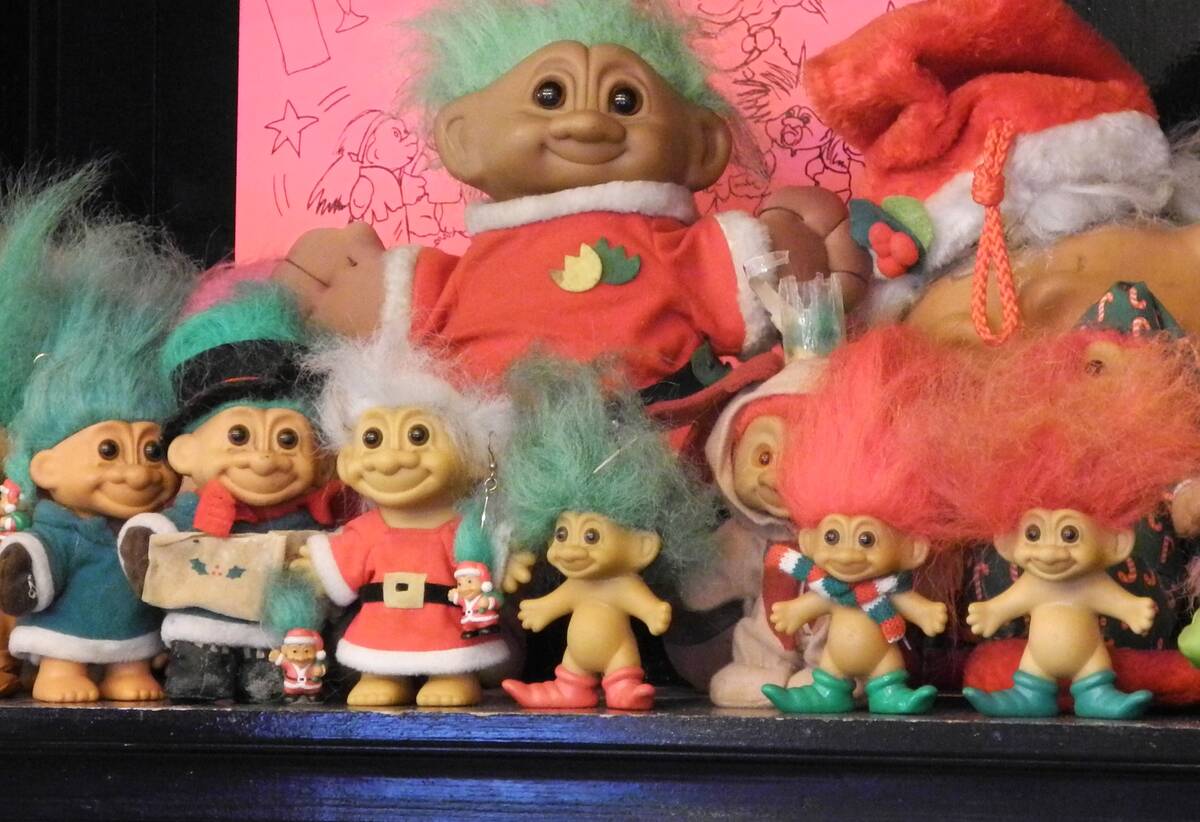
Troll Dolls, with their wild hair and quirky expressions, became a cultural phenomenon in the 1960s. Created by Danish woodworker Thomas Dam, these whimsical figures were originally carved from wood and began as a Christmas gift for his daughter Lila. Once they were introduced in 1956 and then refined in 1959, they were made of plastic.
Their charm lies in their unique, colorful hair and the belief that they bring good luck to their owners. Troll Dolls saw resurgences in popularity through the decades, proving that sometimes, all you need is a little hair-raising fun.
Speak & Spell: The Talking Toy That Taught a Generation
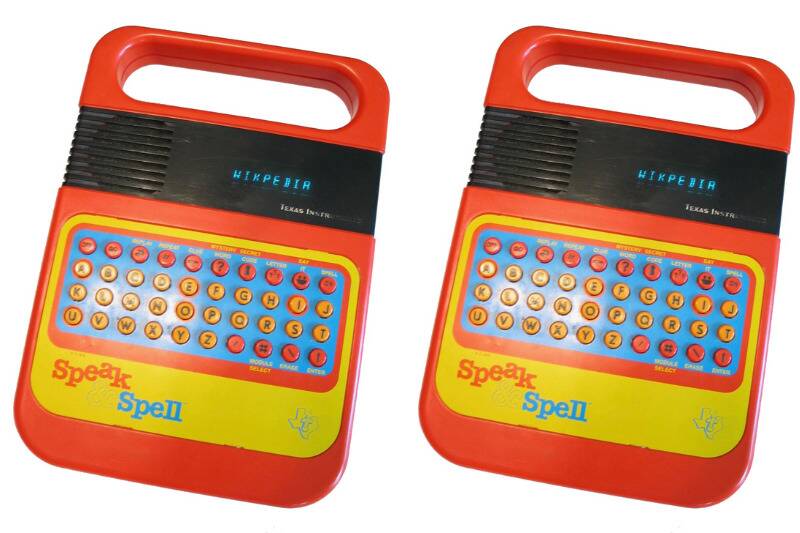
Launched in 1978, Speak & Spell was a technological marvel from Texas Instruments. It used a speech synthesizer to teach spelling and pronunciation to children, making learning fun and interactive.
Its iconic robotic voice and educational games became a staple in homes and classrooms, paving the way for interactive learning tools. Speak & Spell was not just a toy; it was an early glimpse into the future of educational technology.
The Mystery of the Magic 8 Ball: A Fortune Teller in Every Home

The Magic 8 Ball, introduced in 1950, has been a source of playful divination and fun. With a simple shake, it offers answers to yes-or-no questions, captivating users with its mysterious predictions.
Despite being a novelty toy, the Magic 8 Ball has become a cultural icon, appearing in movies and TV shows. Its enduring appeal lies in its simplicity and the delightful suspense of seeing what the future holds.
Cabbage Patch Kids: The Doll Craze That Swept the World
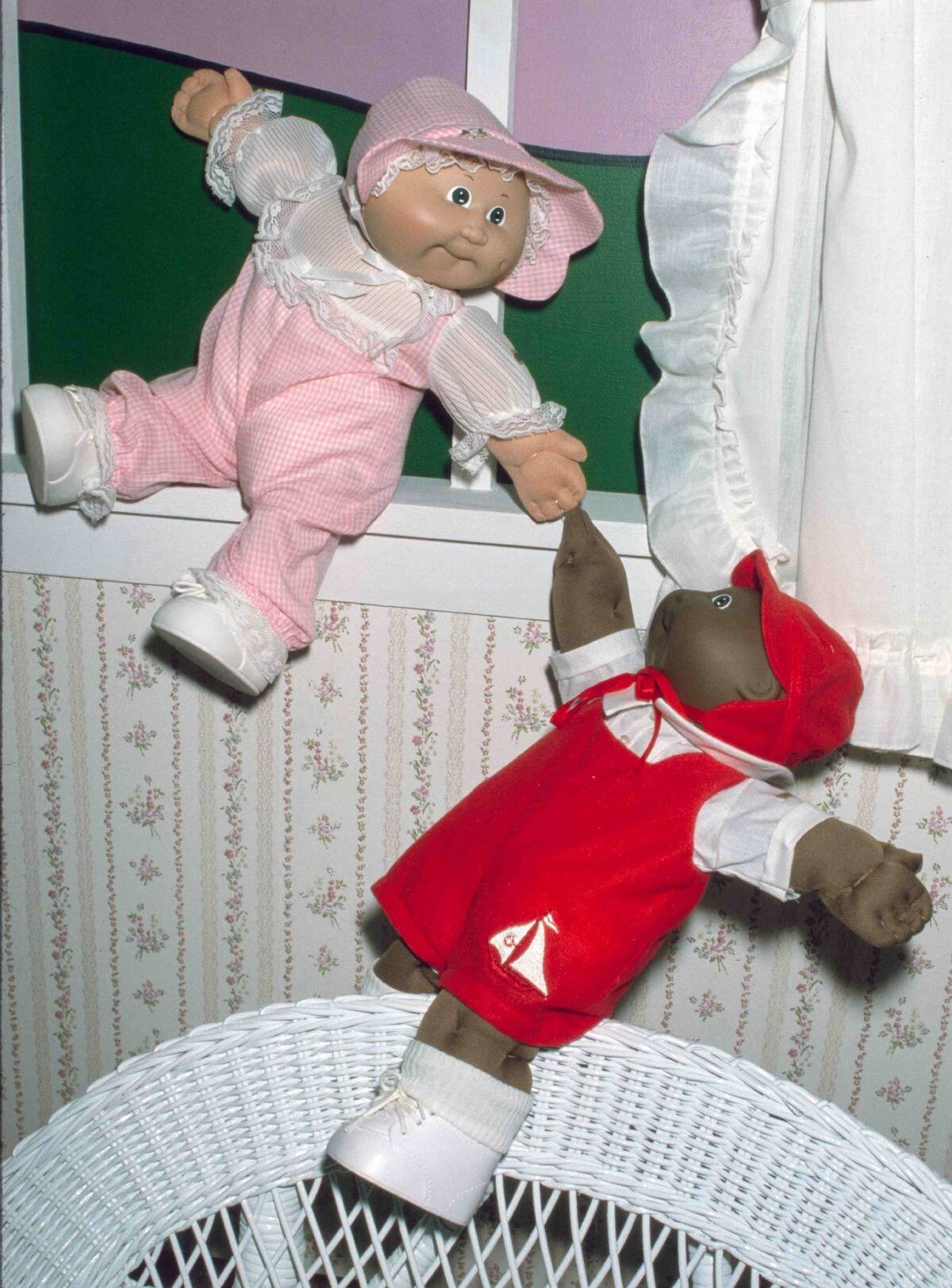
Cabbage Patch Kids took the world by storm in the 1980s, becoming one of the most sought-after toys of the decade. Each doll came with a unique name and ‘adoption’ papers, creating a personal connection with its owner.
Invented by Xavier Roberts, these soft-sculpted dolls sparked a craze that saw parents lining up for hours. They represented more than just toys; they were cherished companions and status symbols.
Simon: The Game That Tested Memory and Reflexes
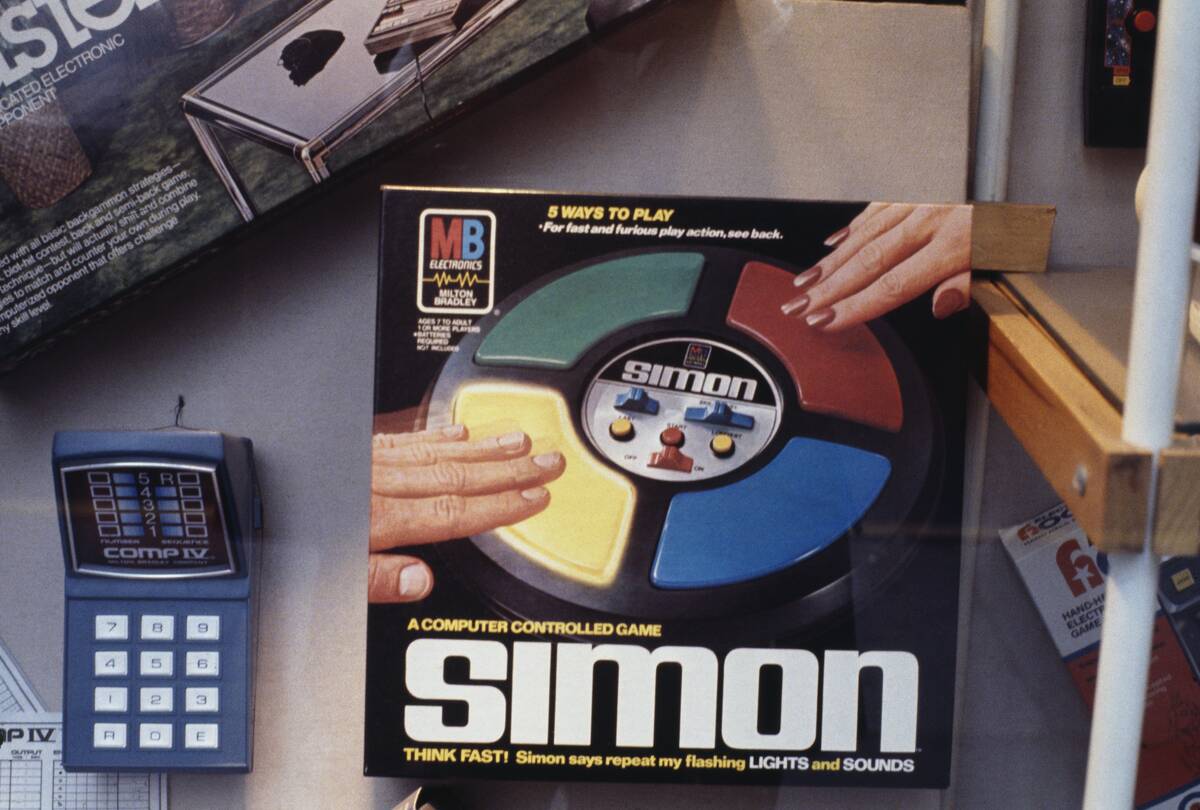
Simon, released by Milton Bradley in 1978, challenged players’ memory and reflexes with its iconic light and sound sequences. Named after the children’s game, it required players to replicate increasingly complex patterns.
This electronic game was not only a test of skill but also a fun way to improve memory and concentration. Simon remains a beloved classic, its simple yet addictive gameplay still captivating new generations.
Teddy Ruxpin: The Storytelling Bear of the 80s
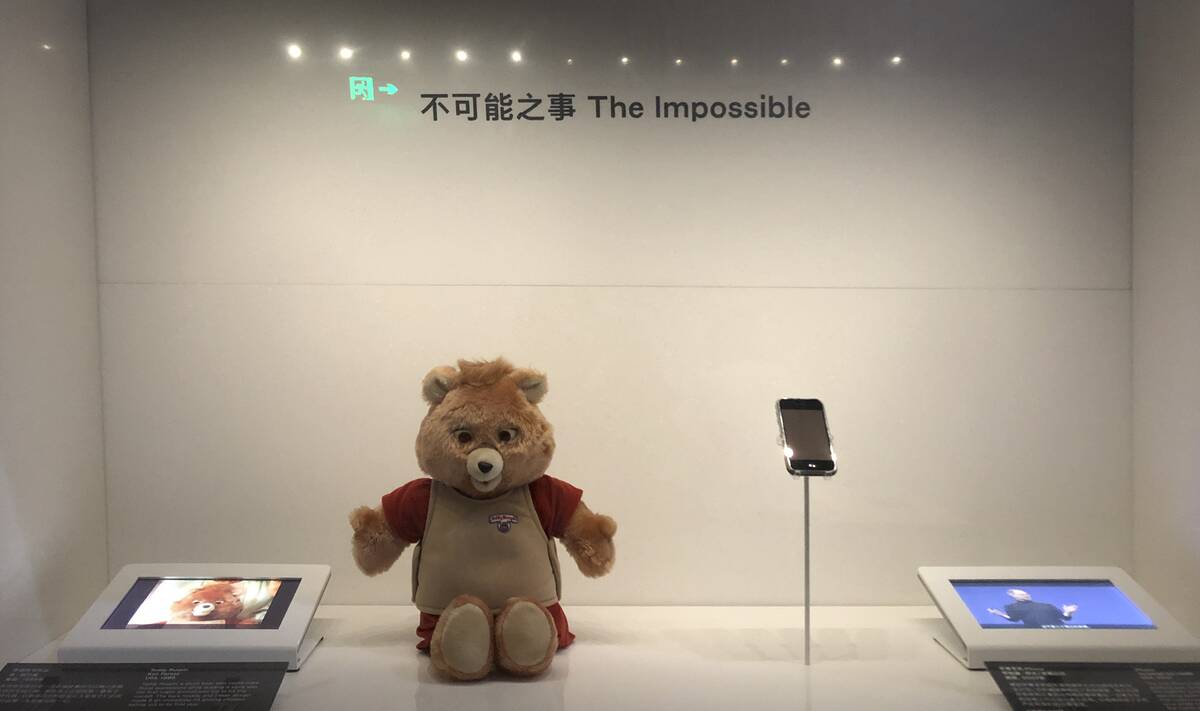
Teddy Ruxpin, introduced in 1985, was more than just a teddy bear; it was a storytelling companion. With a cassette tape deck built into its back, Teddy Ruxpin could read stories aloud, moving its eyes and mouth in sync with the narration.
This animatronic bear captured the hearts of children, offering interactive bedtime stories and sparking imaginations. It was a technological marvel of its time, blending storytelling with robotics.
Lincoln Logs: Building Dreams One Log at a Time
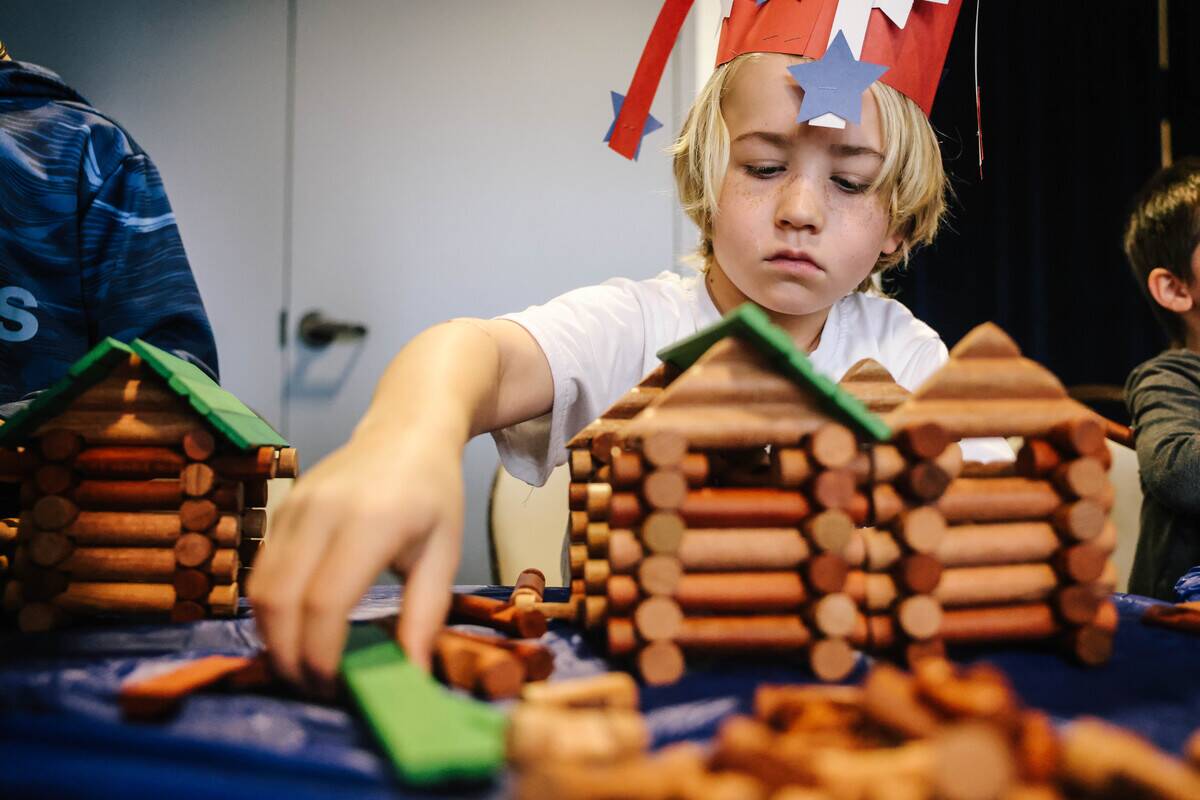
Invented by John Lloyd Wright in 1916, Lincoln Logs have been inspiring young architects for over a century. These wooden building sets allow children to construct log cabins and frontier forts, fostering creativity and spatial awareness.
Named after President Abraham Lincoln, who was born in a log cabin, they remain a classic toy that encourages hands-on learning and imaginative play. Lincoln Logs are a testament to the timeless appeal of simple, open-ended toys.
Polaroid OneStep Camera: Instant Gratification in a Snapshot
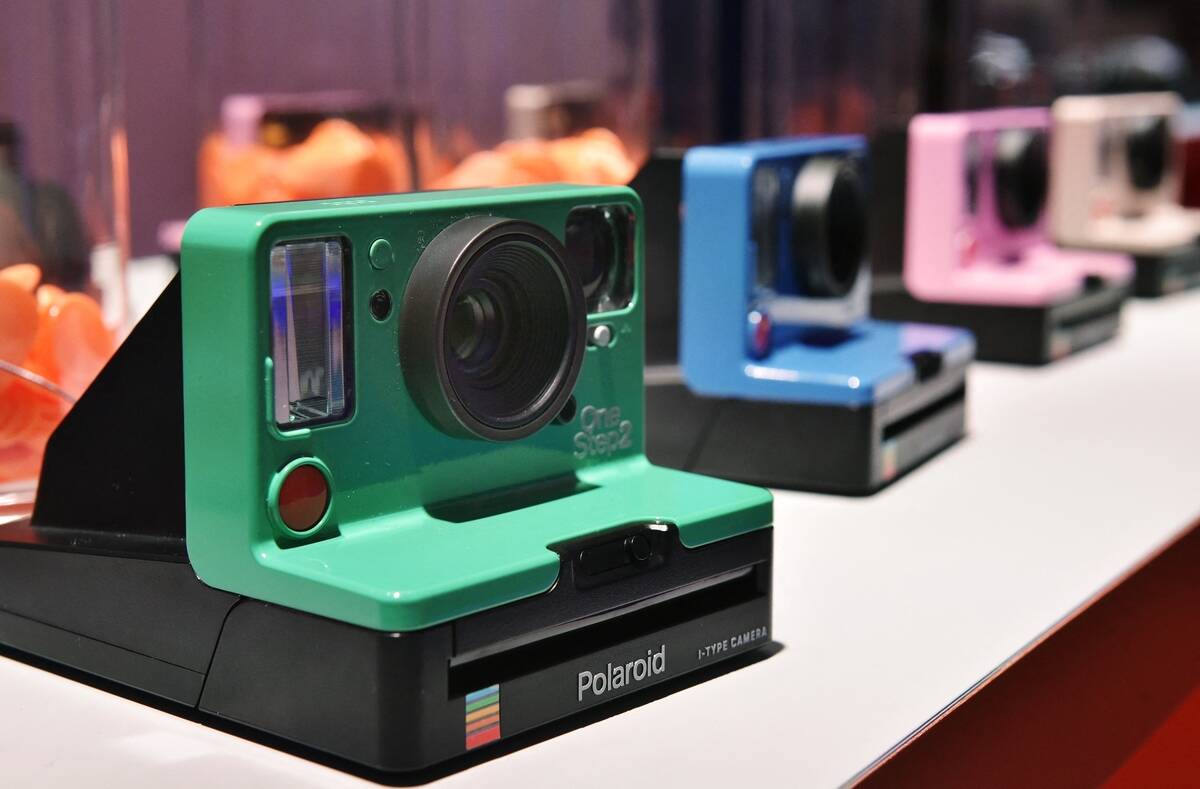
The Polaroid OneStep Camera, released in 1977, revolutionized photography with its instant print technology. By developing photos right before your eyes, it offered a new level of immediacy and excitement.
This camera became a cultural icon, capturing family moments and artistic expressions with ease. Despite the digital age, the Polaroid’s charm endures, its instant gratification and unique aesthetic continuing to attract nostalgia-seekers and new fans alike.
Stretch Armstrong: The Super Stretchy, Indestructible Hero

Stretch Armstrong, introduced in 1976, was the ultimate superhero toy. Filled with a secret gel, this action figure could be stretched to incredible lengths without breaking.
Its durability and elasticity made it a favorite among kids who loved testing its limits. Stretch Armstrong was more than just a toy; it was an invitation to explore the boundaries of play and imagination, proving that sometimes, it’s okay to stretch the rules.
My Little Pony: The Original Magical Friendship
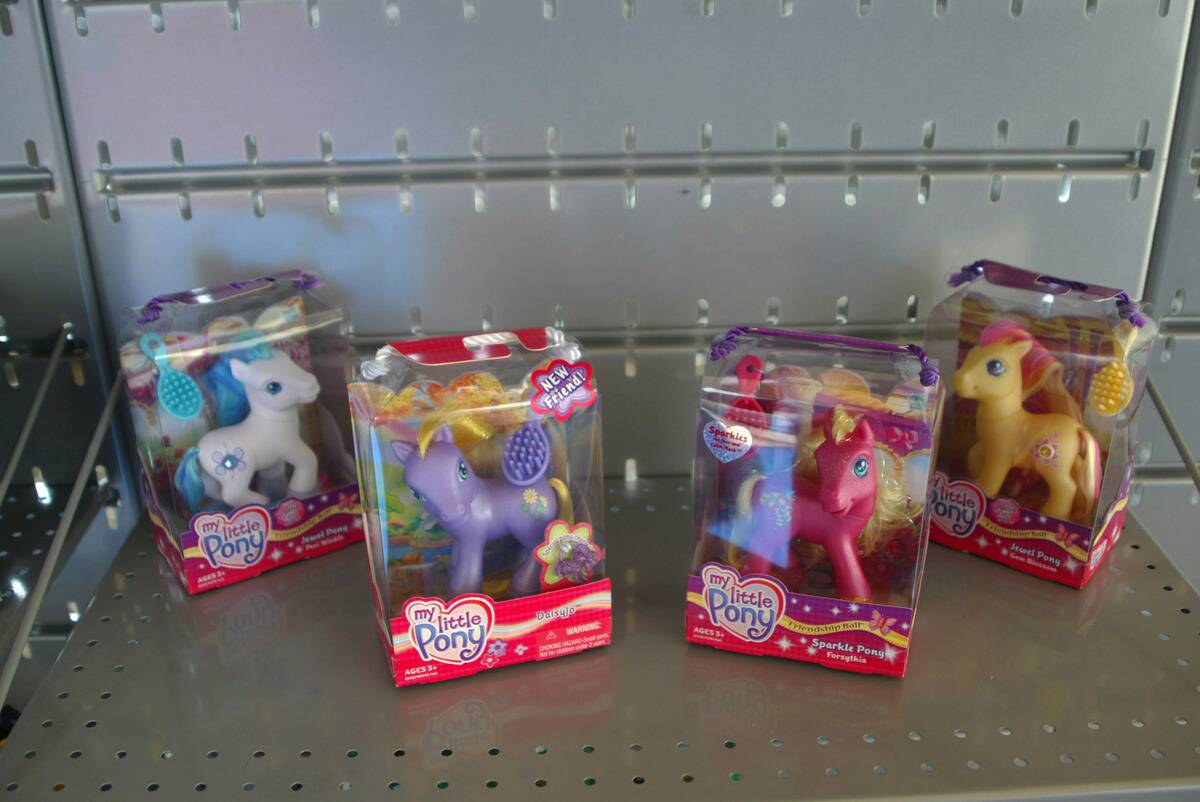
My Little Pony, launched in 1982, introduced children to a world of magic and friendship. With their colorful bodies and flowing manes, these ponies captured the imagination of kids everywhere.
Each pony had a unique symbol and personality, encouraging storytelling and creative play. My Little Pony became a cultural phenomenon, spawning animated series, movies, and a devoted fan base. It remains a beloved brand, teaching generations the power of friendship and kindness.
Tamagotchi: The Digital Pet That Needed Constant Care
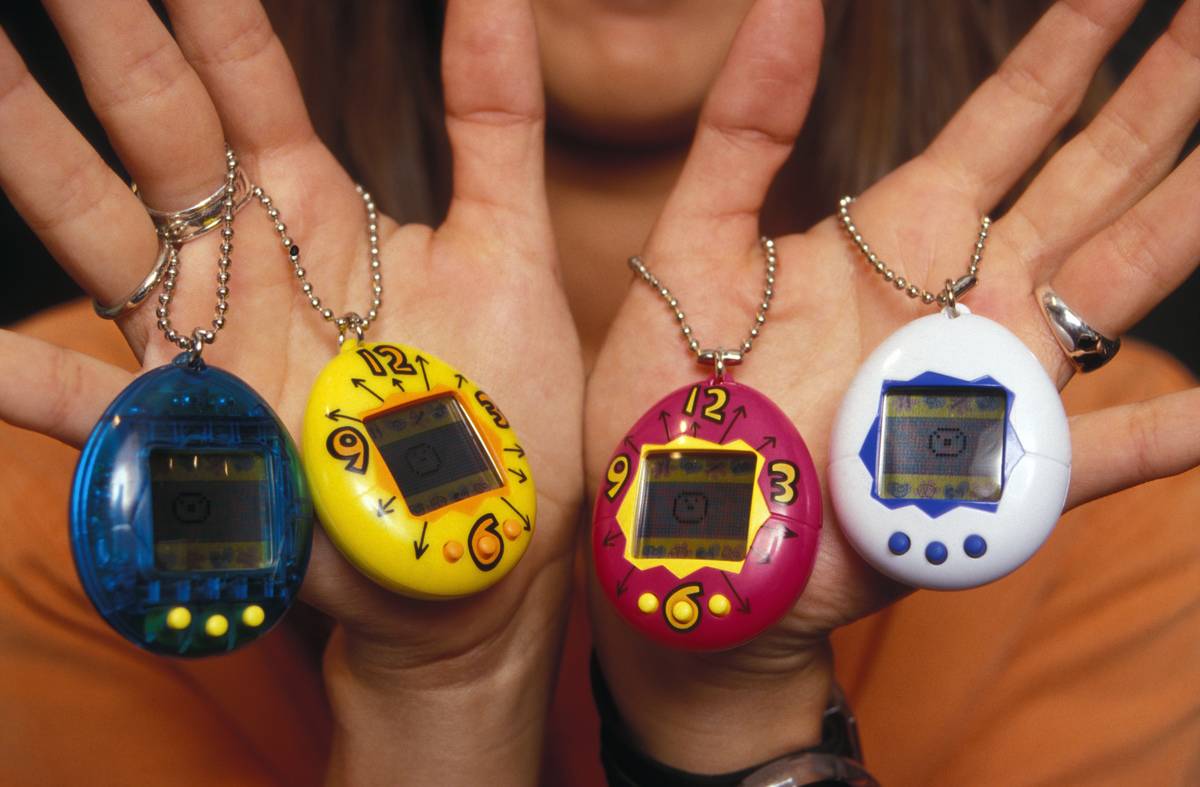
Tamagotchi, released in 1996 by Bandai, introduced the world to digital pets. These small, egg-shaped devices required constant attention, needing to be fed, played with, and cleaned up after.
The challenge of keeping a Tamagotchi alive was both a source of frustration and joy, teaching responsibility in a fun, interactive way. This digital pet craze swept the globe, becoming a cultural icon of the 90s and paving the way for future virtual companions.
G.I. Joe Action Figures: The Real American Heroes
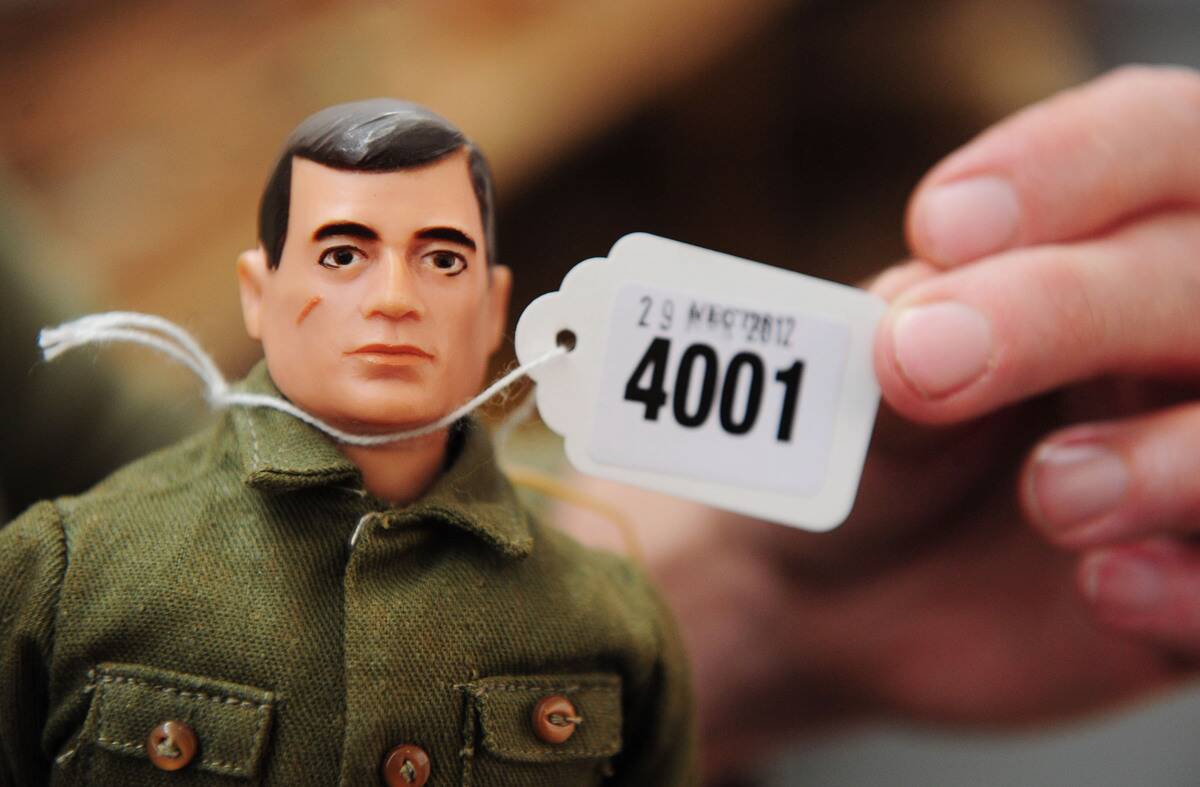
G.I. Joe, first launched in 1964, set the standard for action figures. These highly detailed dolls represented various branches of the military, igniting imaginations and patriotic play.
G.I. Joe figures were not just toys; they were heroes, inspiring countless backyard battles and adventure stories. Over the years, G.I. Joe has evolved, reflecting changing times and interests, but its core message of heroism and adventure remains unchanged.
Easy-Bake Oven: The First Taste of Culinary Independence

Introduced in 1963, the Easy-Bake Oven empowered kids to bake their own mini-treats using a light bulb as a heat source. It was more than just a toy; it was an introduction to the world of cooking and self-sufficiency.
Many budding chefs took their first steps in the kitchen with an Easy-Bake Oven, making it a cherished memory for those who experienced the joy of baking their own creations. This iconic toy continues to inspire young cooks today.



